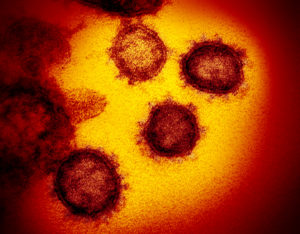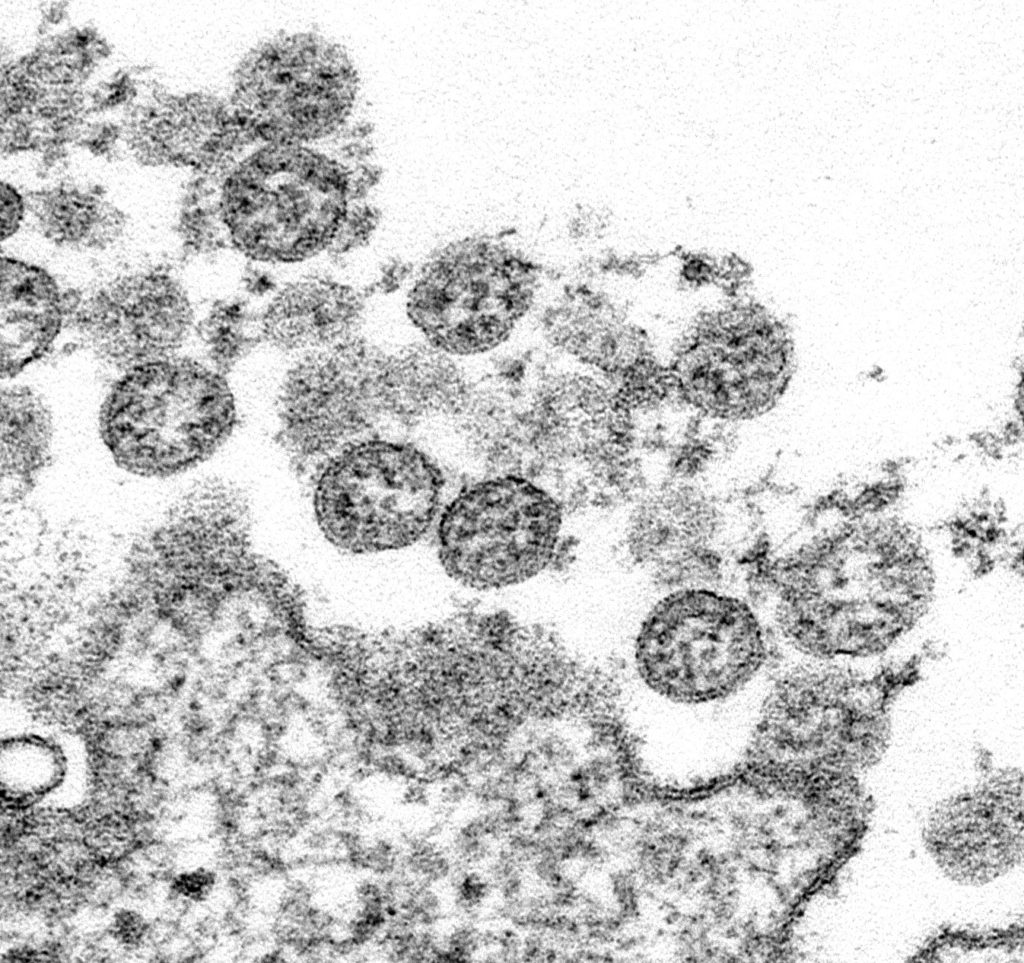
Colo. repairer finds resistance from GEICO, Safeco on sanitizing vehicles for COVID-19
By onBusiness Practices | Insurance | Repair Operations
Recent GEICO and Safeco messages to a Denver, Colo., body shop stand in contrast to rival leading insurers that have agreed to reimburse time and materials spent disinfecting vehicles against the COVID-19 coronavirus.
“As far as the disinfecting for Covid 19 we are not paying that as there is no way to properly disinfect the entire vehicle from the time it is dropped off for repairs, during the repair process, and after the repair process,” an adjuster for No. 6 Liberty Mutual’s Safeco subsidiary wrote to Nylund’s Collision Center about a 2018 Mercedes CLA. “Any steps the shop chooses to take to attempt to protect their employees is a cost incurred by them, just like every other business operating during this time. This is a situation that is a Pandemic and there is no way to properly disinfect a vehicle in this case without completely taking it apart.”
No. 2 GEICO also recently rejected a disinfection charge on a 2015 Lexus LX 570. The carrier wrote on a supplement dated April 2, “DISINFECTING VEHICLE IS RECOMMENDED AT ALL TIMES AND FALLS UNDER THE COST OF DOING BUSINESS.”
“Paint materials rate changed to zero and paid from invoice,” the GEICO adjuster wrote in an email to the shop that day. “Use of OE front bumper is denied unless a/m is appropriately disqualified. Disinfect for covid-19 is not a covered operation. Thank you!”
As noted above, other major carriers have accepted disinfecting for COVID-19 as a legitimate charge.
No. 1 State Farm told Select Service direct repair program shops it will cover a cumulative 1.0 hours and $25 in materials for disinfecting a vehicle, the same as No. 8 Nationwide. No. 5 USAA has allotted 0.5 hours and $15, though it’s unclear if this amount is cumulative or would be charged separately for disinfections at intake and delivery.
“We plan to continue to accept these charges on your final bills consistent with the federal government directives related to social distancing and will continue monitor as activity in the marketplace evolves,” State Farm wrote to its DRP, according to a Thursday Driven Brands email to repairers.
“USAA recognizes the need to ensure the well-being of our customers and repair facility personnel during this national pandemic caused by the COVID-19 virus,” USAA wrote to shops April 2. It offered a similar comment to us in a statement Friday.
“As we deliver on our mission to protect people, businesses and futures with extraordinary care, we are adapting quickly to an evolving situation,” Nationwide public relations director Ryan Ankrom said in a statement in March. “We are monitoring state and federal regulatory updates and implementing procedures to help keep our associates, customers and partners safe. This includes our recent guidance for pre-inspection and post-repair sanitization. We will continue to closely monitor the situation and strive to do all we can to minimize disruption and deliver the protection and service our customers and partners expect.”
We recently interviewed some other body shops in the Mountain West who reported overall success with insurers reimbursing disinfecting vehicles.
“They’re paying it,” said Trace Coccimiglio, owner of Draper, Utah-based Valet Auto Body. He noted that “we’re not charging a lot.”
Bruce Halcro, owner of Helena, Mont.-based Capital Collision Center, said “most” were paying the 1-hour-plus-$25 concept. This “probably covers my cost” but might not be enough, he said. The alternative would be to quarantine the vehicle — so “‘What do you want?'”
The Society of Collision Repair Specialists cautioned repairers to examine how they communicate vehicle sanitization to customers.
“We’ve also seen examples of businesses promoting services to ‘clean’, ‘sanitize’ or ‘disinfect’ customer vehicles,” SCRS wrote. “The Society of Collision Repair Specialists (SCRS) urges caution with the language used in your promotion of services. For instance, your facility can assure that you ‘apply disinfectant’, but there is no testing protocol to ensure that you ‘disinfected’ the vehicle. In our interaction with other industries, this has been a repeated caution; describe only what you perfomed, rather than a promise of what it accomplished.”
The Centers for Disease Control has issued recommendations for companies on how to clean and disinfect during regular operations and if someone confirmed or suspected to have had COVID-19 has visited. It said companies should use disinfectants on the Environment Protection Agency’s “List N.”.
Ford also has released some reminders of what surfaces on a vehicle might require disinfection.
Finally, learn more about the topic next week with a free SCRS webinar featuring “professional restorers experienced in restoration, decontamination and infectious disease control.”
Encircle business development Vice President Kris Rzesnoski, Gearhart and Associates founder Norris Gearhart, Property Insurance and Restoration Conference administrator Jordan Hendler and European Motor Car Works owner Kye Yeung will join SCRS Executive Director Aaron Schulenburg for the event at 1 p.m. Tuesday, April 28. Register for the free event here.
“The conversational webinar will explore topics on how to manage customers’ expectations, and what practices, processes and disinfectant agents work – and which ones don’t,” SCRS wrote in a news release Monday.
“The program will identify potential procedural takeaways based on your teams’ skill sets and accessibility to disinfectants, and the importance of appropriate Personal Protective Equipment (PPE) utilization in potentially infectious environments, and alternatives solutions that may exist.
“Additionally, the session will cover topics including false advertising, liability around improper terminology that misrepresents tasks performed, and technology that does not comply with the standard of care.”
More information:
Society of Collision Repair Specialists, April 20, 2020
CDC interim COVID-19 guidance for businesses
CDC guidance for businesses with suspected/confirmed COVID-19 cases
Centers for Disease Control COVID-19 coronavirus portal
Environment Protection Agency “List N” of COVID-19 disinfectants
SCRS COVID-19 coronavirus information portal
Images:
A transmission electron microscope view of SARS-CoV-2, the virus causing COVID-19, emerging from cells. (National Institute of Allergy and Infectious Diseases-Rocky Mountain Laboratories https://creativecommons.org/licenses/by/2.0/legalcode)
Virus particles from the first U.S. case of COVID-19 are seen in this transmission electron microscopic image. (C.S. Goldsmith and A. Tamin/Centers for Disease Control)

